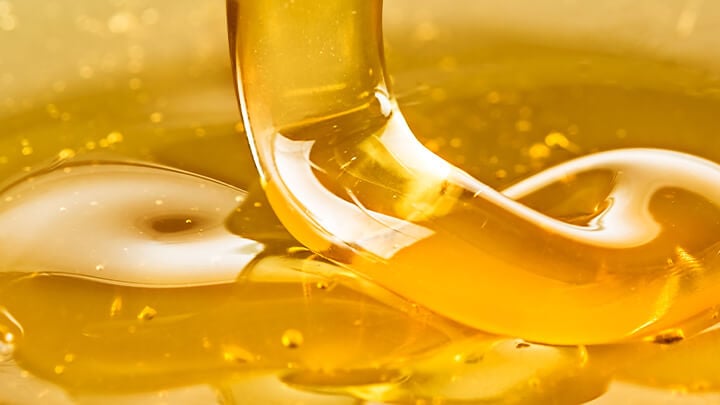Honey Fraud and How to Effectively Detect it Through NMR Profiling
The authenticity of honey is a continuously growing challenge for the food industry, as it is one of the most adulterated foods worldwide. Honey is seen as a natural product; according to various legislations only a very limited amount of handling is allowed during its harvesting and manufacturing. One of the most common adulteration practices is the addition of cheap sugar syrups. Depending on their quality and purity, this can be very challenging to detect.
In recent years, Nuclear Magnetic Resonance (NMR) has emerged as a very powerful tool in food analysis, not only to detect adulteration and other manipulations, but also to statistically determine and verify the origin and variety for a wide range of products, including honey. NMR has been used as a standard method in chemical and pharmaceutical analytics for decades.
Honey profiling is based on a screening approach, meaning that NMR records a 1H(hydrogen)-profile under standardized conditions. Those profiles are used to analyze the honey’s composition, as well as for statistical comparison and verification with thousands of authentic reference samples.

